August is the perfect time for gardeners and food enthusiasts to take advantage of the warm weather and grow a variety of fresh herbs right in their backyard. These flavorful and aromatic plants not only add a burst of taste to your dishes but also provide numerous health benefits. In this article, we’ll explore the top 10 herbs to grow in August and discover creative ways to use them in your kitchen to elevate your recipes and bring an abundance of flavors to your table.
Basil (Ocimum basilicum)
Growing Tips: Basil is a popular herb that loves warmth and sunlight, making it perfect for indoor planting in spring. However, in August, it thrives in outdoor gardens too. Plant basil in well-drained soil and ensure it receives at least 6-8 hours of sunlight daily. Water the plant consistently, allowing the soil to dry slightly between waterings. Alternatively, basil can also be grown hydroponically, which requires a nutrient-rich water solution instead of soil. Remember to pinch off the flower buds to encourage more leaf growth.
Kitchen Use: Basil’s sweet, peppery flavor is perfect for various dishes. Use fresh basil to make delicious pesto, add it to salads, sandwiches, and pasta dishes, or even infuse it into homemade lemonades for a refreshing twist. Additionally, basil complements tomatoes beautifully, so it’s an excellent addition to caprese salads and pizza toppings.
For more plant information and a detailed growing guide, explore our comprehensive and informative gardening guide. It covers everything you need to know about successfully growing these herbs indoors, outdoors, or hydroponically.
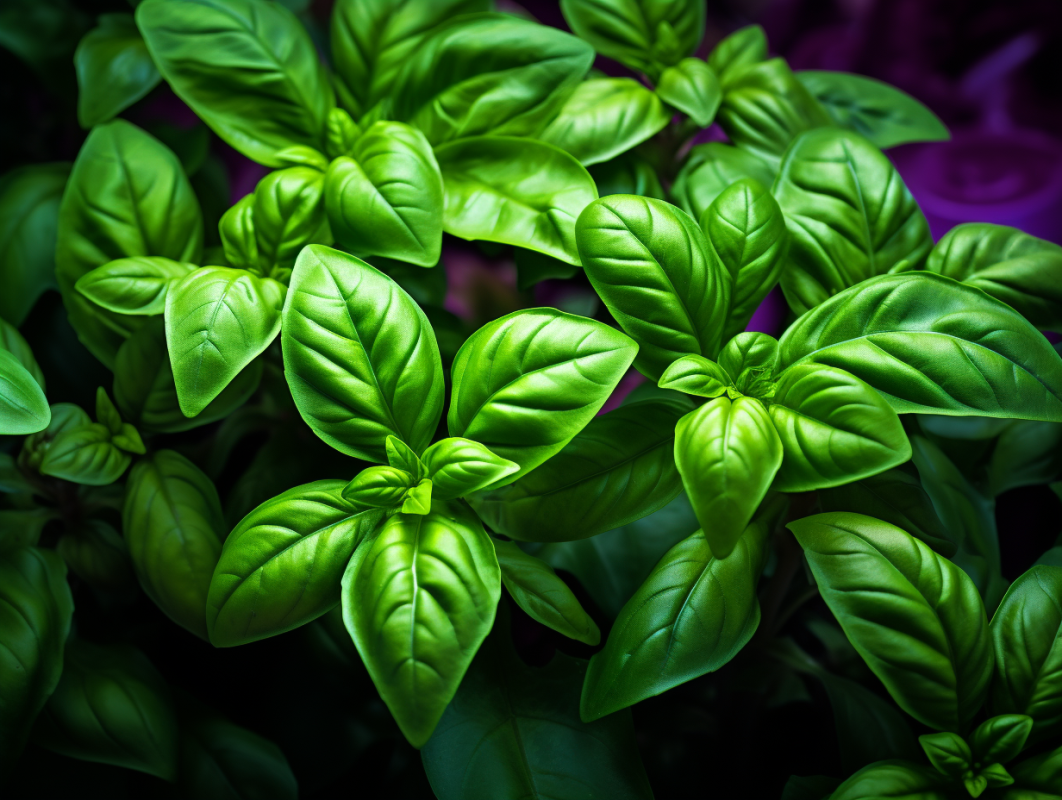
Chives (Allium schoenoprasum)
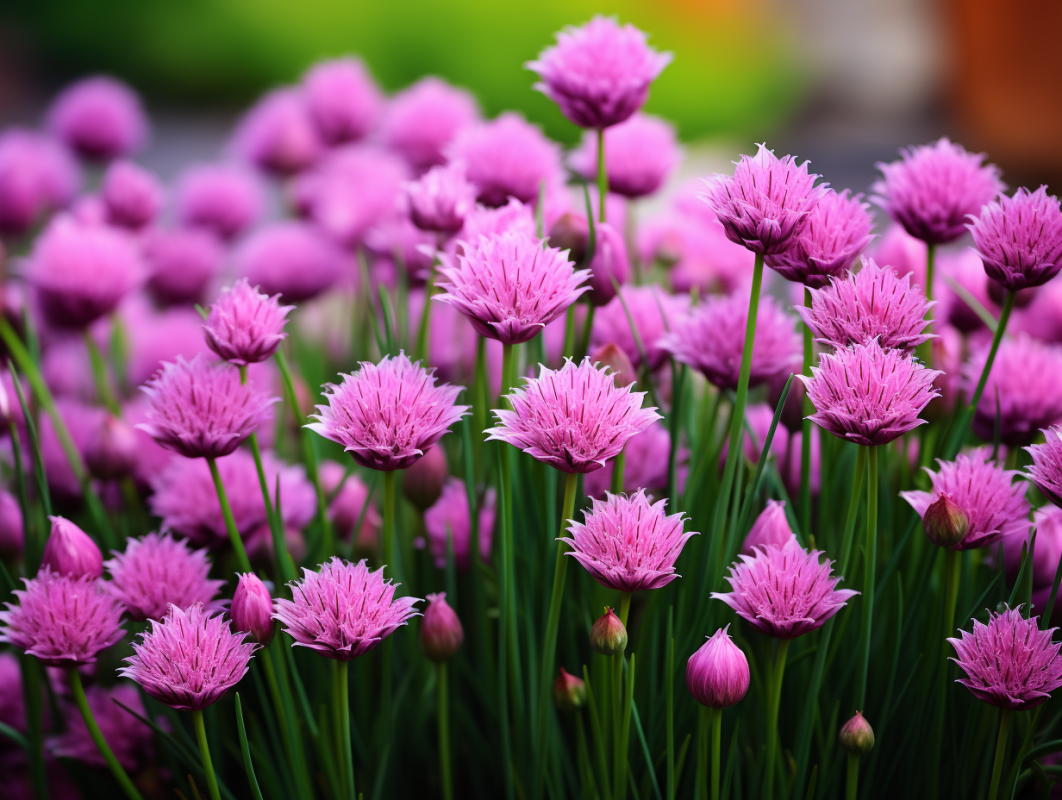
Growing Tips: Chives are a hardy herb that grows well in a variety of conditions. They prefer well-draining soil and require at least 4-6 hours of sunlight daily. Chives are also suitable for container gardening, making them ideal for small spaces. Whether grown indoors, outdoors, or hydroponically, chives are easy to cultivate. Snip the chive leaves regularly to promote new growth.
Kitchen Use: Snip fresh chives over scrambled eggs, soups, and creamy dips for a mild onion flavor and a pop of green color. Chive flowers are also edible and add a lovely touch to salads and garnishes.
For more plant information and a detailed growing guide, explore our comprehensive and informative gardening guide. It covers everything you need to know about successfully growing these herbs indoors, outdoors, or hydroponically.
Thyme (Thymus vulgaris)
Growing Tips: Thyme is a fragrant herb that adds a savory flavor to dishes. It prefers well-drained soil and plenty of sunlight. In August, ensure your thyme plants receive at least 6 hours of direct sunlight daily. Thyme can be grown indoors and outdoors, making it versatile for gardeners with limited space. Allow the soil to dry out slightly between waterings, as thyme dislikes soggy soil.
Kitchen Use: Add thyme leaves to roasted vegetables, grilled meats, marinades, and sauces for a delightful herbal aroma. Thyme pairs well with lemon, garlic, and olive oil, making it a versatile herb in the kitchen. Remember to remove the woody stems before using the leaves in your dishes.
For more plant information and a detailed growing guide, explore our comprehensive and informative gardening guide. It covers everything you need to know about successfully growing these herbs indoors, outdoors, or hydroponically.
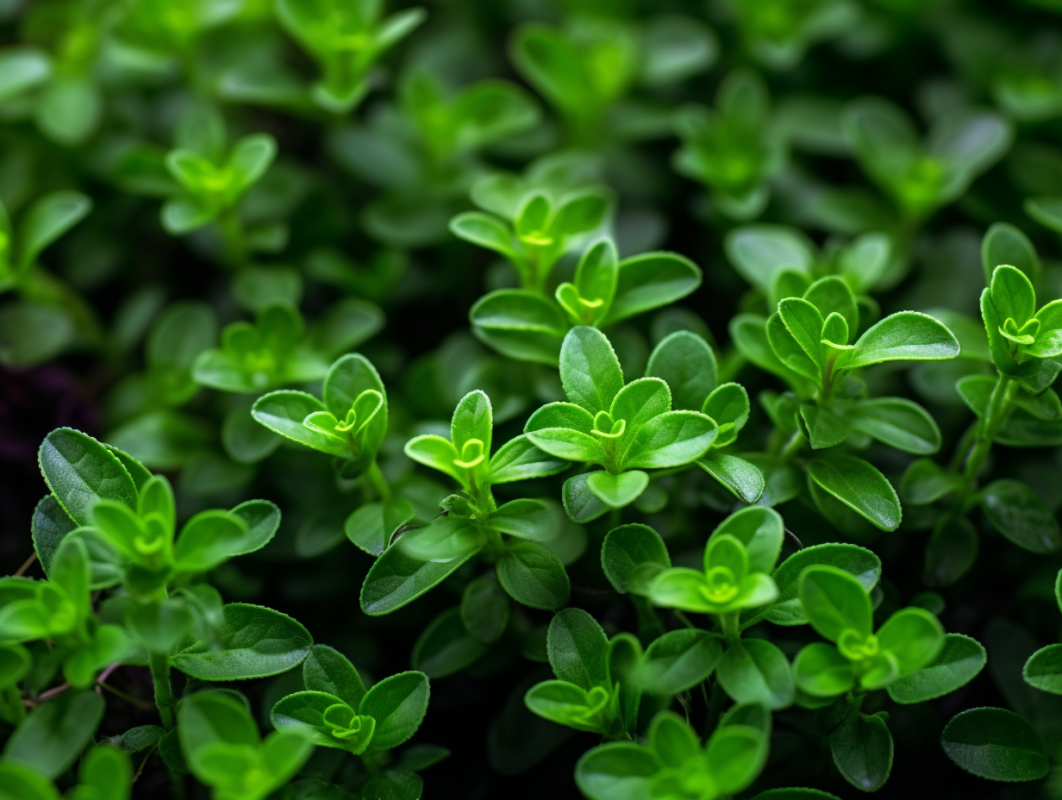
Oregano (Origanum vulgare)

Growing Tips: Oregano is a popular herb in Mediterranean cuisine and grows well in containers. In August, ensure your oregano plants get enough sunlight and moisten the soil. Oregano can also be grown hydroponically using a nutrient-rich water solution. Regular pruning will help maintain the plant’s bushy growth.
Kitchen Use: Use fresh or dried oregano in Italian dishes, pizza, pasta sauces, and marinades for a bold Mediterranean flavor. Oregano is also a great addition to homemade tomato sauces. To preserve its flavor, add dried oregano towards the end of cooking.
For more plant information and a detailed growing guide, explore our comprehensive and informative gardening guide. It covers everything you need to know about successfully growing these herbs indoors, outdoors, or hydroponically.
Rosemary (Rosmarinus officinalis)
Growing Tips: Rosemary is a woody herb that adds a pungent, pine-like flavor to many dishes. It needs plenty of sunlight and well-draining soil. Whether grown indoors, outdoors, or hydroponically, rosemary is a hardy herb that can thrive in various conditions. Allow the soil to dry out between waterings to prevent root rot.
Kitchen Use: Infuse olive oil with rosemary for drizzling over roasted vegetables, meats, or bread. You can also use sprigs of rosemary as flavorful skewers for grilling. Rosemary can enhance the flavor of roasted potatoes and root vegetables as well. Remember to chop the leaves finely before using them in dishes for better flavor distribution.
For more plant information and a detailed growing guide, explore our comprehensive and informative gardening guide. It covers everything you need to know about successfully growing these herbs indoors, outdoors, or hydroponically.
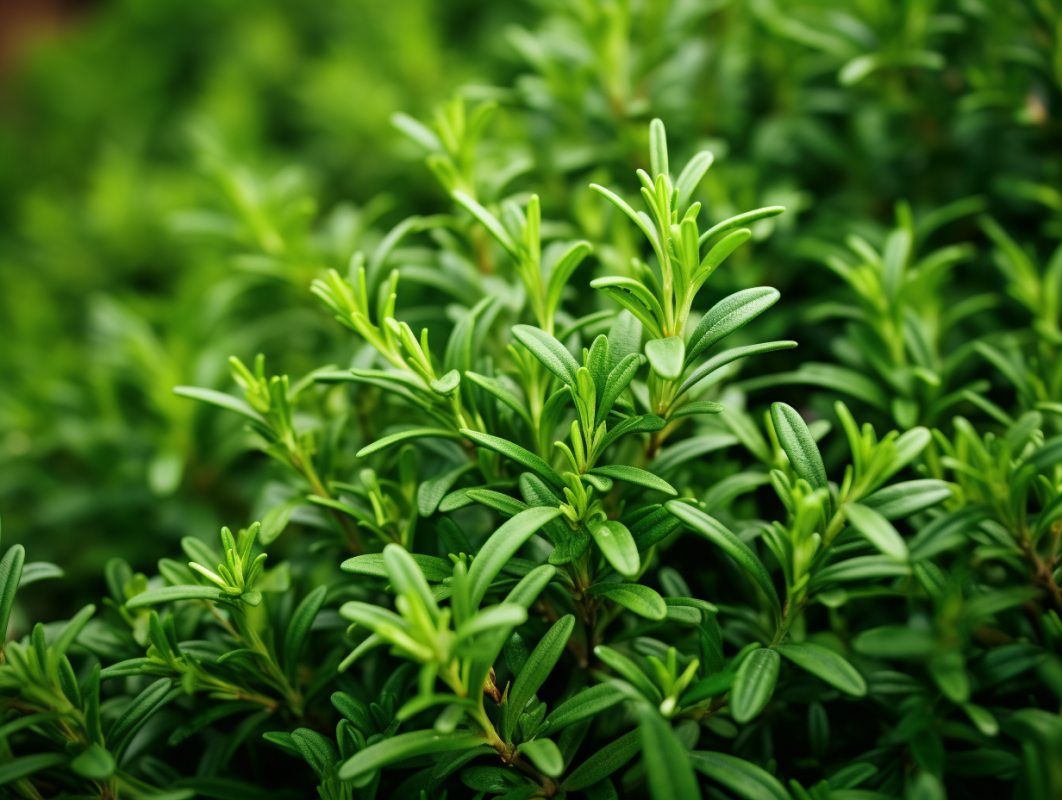
Mint (Mentha)
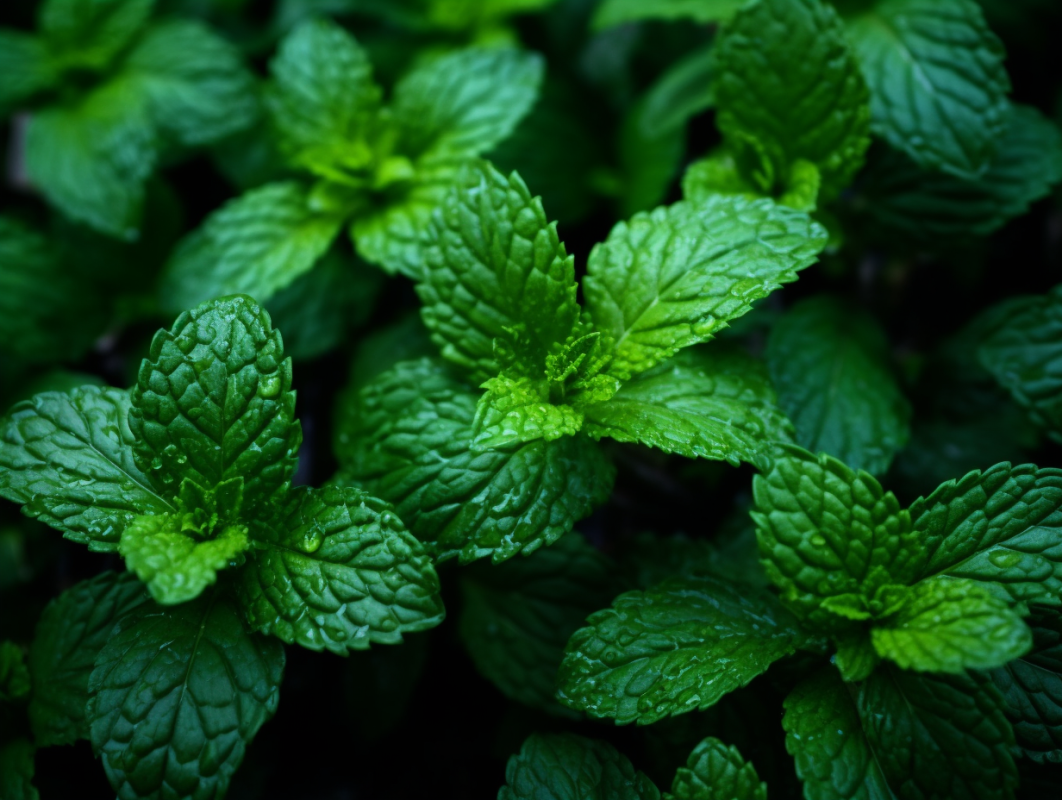
Growing Tips: Mint is a fast-growing herb that requires rich, moist soil and partial shade to prevent wilting. Ensure your mint plants get adequate water in August to keep the soil consistently moist. Mint can be grown in containers or directly in the ground. However, due to its invasive nature, it’s best to keep mint in a separate container to prevent it from taking over your garden.
Kitchen Use: Mint adds a refreshing and cool flavor to sweet and savory dishes. Use fresh mint leaves in salads, fruit, smoothies, and cocktails. It’s also a key ingredient in many Middle Eastern and Asian dishes. Additionally, you can steep mint leaves in hot water to make soothing mint tea.
For more plant information and a detailed growing guide, explore our comprehensive and informative gardening guide. It covers everything you need to know about successfully growing these herbs indoors, outdoors, or hydroponically.
Sage (Salvia officinalis)
Growing Tips: Sage is a hardy herb that prefers full sunlight and well-draining soil. Water your sage plant sparingly in August, as it is drought-tolerant and can withstand dry conditions. Sage can be grown in pots or directly in the ground. To promote bushy growth, prune the plant regularly.
Kitchen Use: Sage leaves have a distinct flavor that complements poultry, pork, and stuffing dishes. Use fresh or dried sage leaves in sautéed vegetables, risottos, and butter sauces. Sage also pairs well with other herbs like thyme and rosemary, creating a flavorful herb blend.
For more plant information and a detailed growing guide, explore our comprehensive and informative gardening guide. It covers everything you need to know about successfully growing these herbs indoors, outdoors, or hydroponically.

Parsley (Petroselinum crispum)
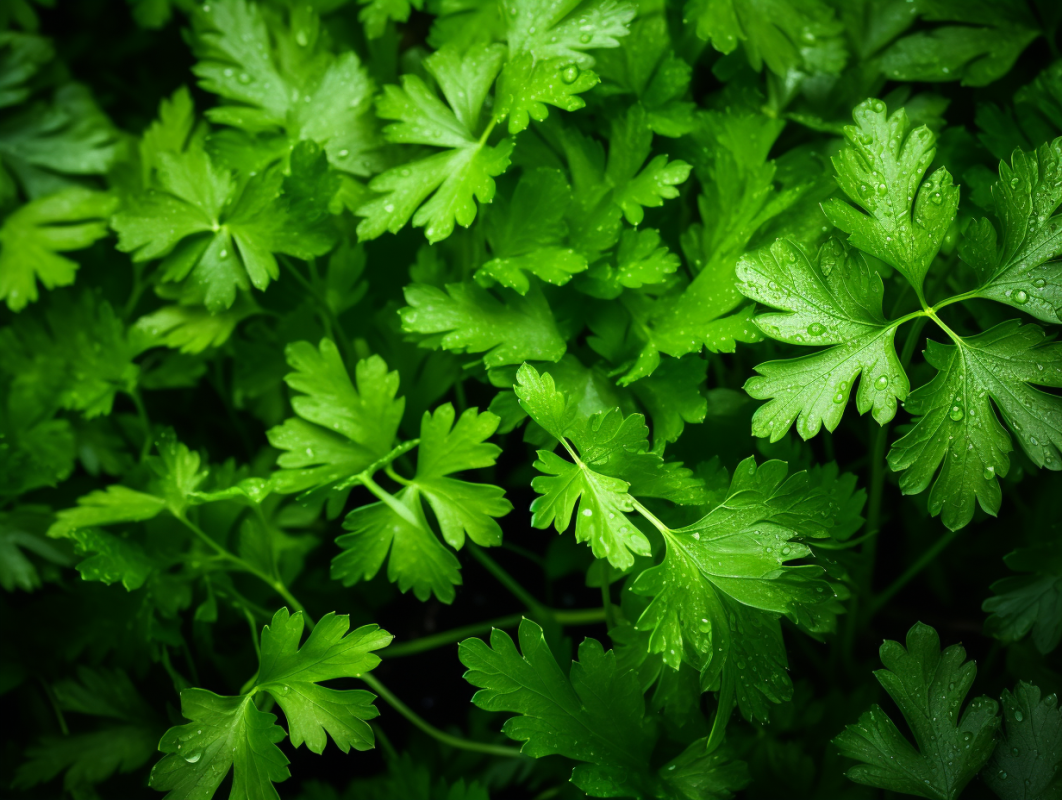
Growing Tips: Parsley is a versatile herb that grows well in containers or garden beds. It prefers well-drained soil and partial shade to avoid bolting. Water parsley regularly to keep the soil evenly moist. Regularly pinch off flowers to encourage leaf growth.
Kitchen Use: Use fresh parsley leaves as a garnish or mix them into salads, soups, and sauces for freshness. Parsley is an essential ingredient in tabbouleh, a famous Middle Eastern salad. Both the curly and flat-leaf varieties of parsley are commonly used in cooking.
For more plant information and a detailed growing guide, explore our comprehensive and informative gardening guide. It covers everything you need to know about successfully growing these herbs indoors, outdoors, or hydroponically.
Cilantro (Coriandrum sativum)
Growing Tips: Cilantro is a cool-season herb that can bolt quickly in hot weather. Ensure your cilantro plants receive partial shade in August to prevent premature bolting. Keep the soil consistently moist to avoid stress on the plants. Cilantro can be grown in pots or directly in the ground.
Kitchen Use: Cilantro leaves add a bright and citrusy flavor to various cuisines, including Mexican, Indian, and Thai. Use fresh cilantro in salsas, guacamole, curries, and noodle dishes. Cilantro stems are also flavorful and can be minced along with the leaves.
For more plant information and a detailed growing guide, explore our comprehensive and informative gardening guide. It covers everything you need to know about successfully growing these herbs indoors, outdoors, or hydroponically.

Dill (Anethum graveolens)
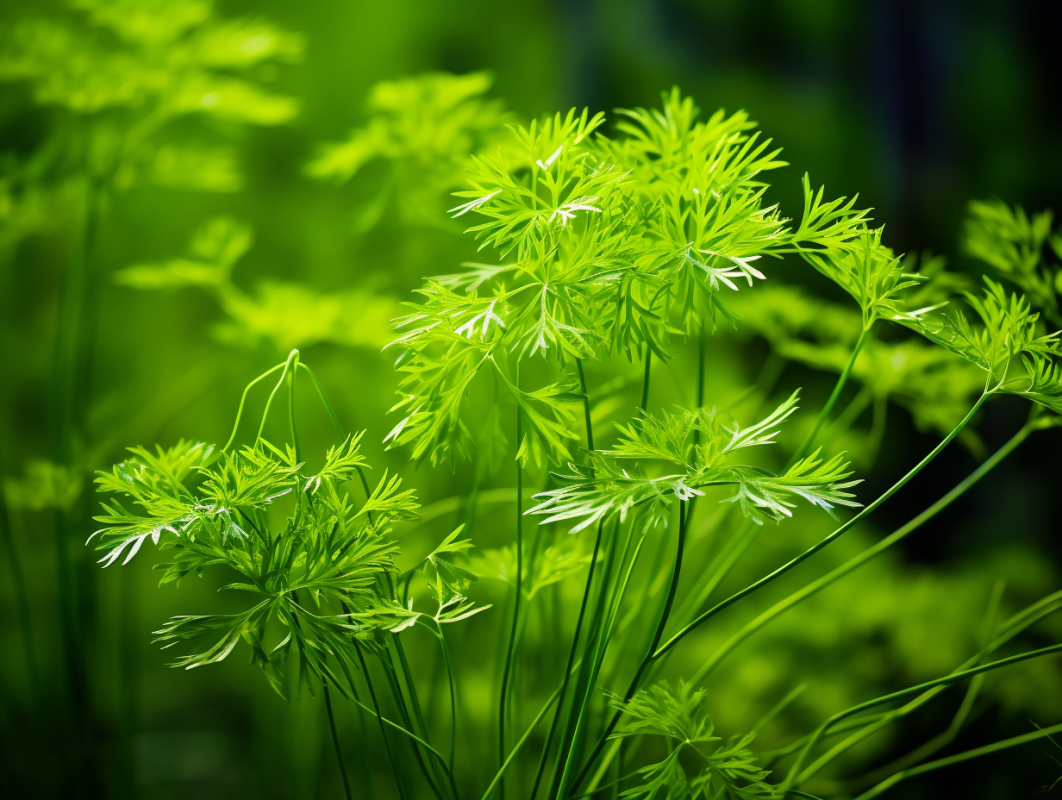
Growing Tips: Dill is a fast-growing herb that prefers full sunlight and well-draining soil. In August, provide your dill plants with ample water to keep the soil moist. Dill can be grown in containers or directly in the ground. To encourage continuous growth, sow dill seeds successively throughout the growing season.
Kitchen Use: Dill’s delicate feathery leaves have a mild anise flavor that pairs wonderfully with fish, seafood, and pickles. Add fresh dill to salmon, yogurt dips, potato salads, and cucumber sandwiches. Dill seeds are also used as a spice in pickling recipes.
For more plant information and a detailed growing guide, explore our comprehensive and informative gardening guide. It covers everything you need to know about successfully growing these herbs indoors, outdoors, or hydroponically.
Conclusion
Growing your herbs in August allows you to savor the freshness and flavors of these versatile plants throughout the year. Whether you have a garden, a small patio, or a sunny windowsill, there’s an herb suitable for your space. By following the growing tips and creative kitchen uses for each herb, you’ll soon discover a world of culinary possibilities right at your fingertips. So, roll up your sleeves, get planting, and start adding these delightful herbs to your favorite recipes!
Detailed Guides for Planting Vegetables, Herbs, Greens & Lettuce, Peppers, and Wildflowers:
At FarmerValley we offer detailed guides for planting vegetables, herbs, greens & lettuce, peppers, and wildflowers. These guides provide step-by-step instructions for planting and caring for your plants, as well as tips for getting the best results. Check our growing guides and plant your non-GMO garden with confidence.
Planting non-GMO seeds is a great way to enjoy fresh and healthy vegetables and herbs while also knowing that you’re avoiding harmful additives. With these essential tips and top lists, as well as our detailed guides, you’ll be on your way to a bountiful harvest in no time.
Elevate your gardening experience with FarmerValley’s premium seeds! Choose from our wide selection of high-quality varieties to enhance your garden and enjoy a bountiful harvest. Trust in our expertise and start your journey towards a thriving and beautiful garden today.

